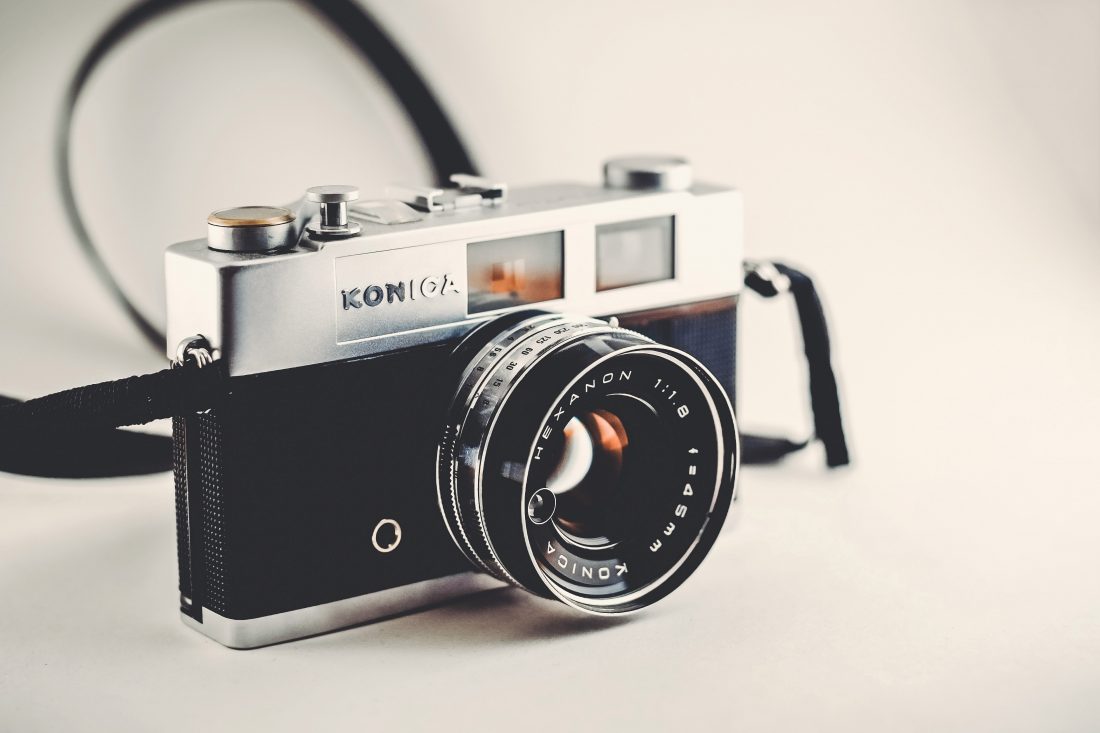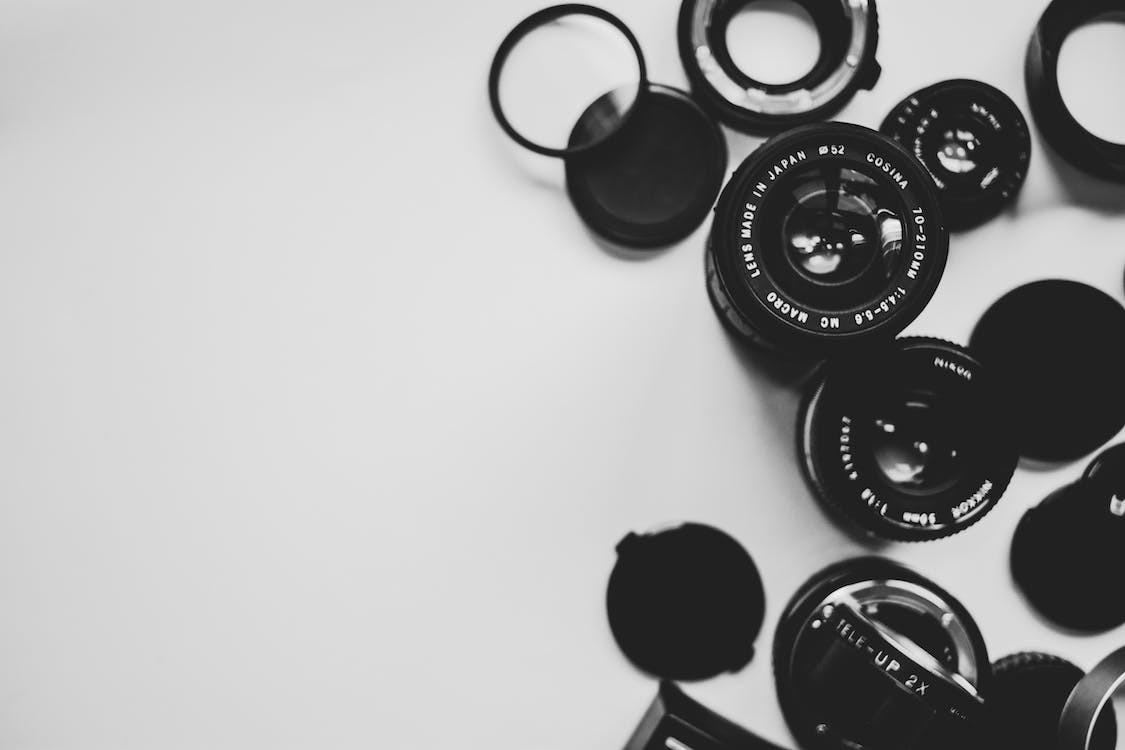
The Mamiya 16 (1949) is a remarkable film camera that was first released in 1949 by the Japanese camera manufacturer Mamiya. This compact and lightweight camera gained popularity for its innovative design and excellent image quality. The Mamiya 16 was specifically designed to use 16mm film, making it a unique and versatile camera for both amateur and professional photographers.
**Features and Specifications**
The Mamiya 16 (1949) film camera boasts an array of impressive features that set it apart from other cameras of its time. Here are some noteworthy specifications:
1. Film Format: The camera is designed to use 16mm film, allowing photographers to capture high-resolution images in a compact format.
2. Lens: The Mamiya 16 is equipped with a fixed 25mm f/3.5 lens. This high-quality lens delivers sharp and vibrant images, making it ideal for various photography styles.
3. Shutter Speed: The camera offers a range of shutter speeds, from 1/25 to 1/200 seconds, providing photographers with the flexibility to capture fast-moving subjects or long-exposure shots.
4. Aperture Control: The Mamiya 16 provides manual aperture control, allowing photographers to adjust the depth of field according to their creative vision.
5. Viewfinder: The camera features a bright and accurate viewfinder, ensuring precise framing and composition.
6. Build Quality: The Mamiya 16 (1949) is constructed with durable materials, making it a reliable and long-lasting camera even after decades of use.
**Release Date and Pricing**
The Mamiya 16 (1949) film camera was first released in 1949, offering photographers a compact and versatile tool for capturing stunning images. At the time of its release, the Mamiya 16 was priced at around $75, which was considered reasonable for a camera with such advanced features and exceptional image quality.
**In Use Experience**
Using the Mamiya 16 (1949) film camera is a delightful experience for any photographer, whether they are a seasoned professional or a passionate hobbyist. The compact size and lightweight build of the camera make it convenient to carry around, allowing for spontaneous and candid photography.
The fixed lens of the Mamiya 16 delivers exceptional image quality with sharp details and vibrant colors. The manual aperture control allows photographers to experiment with different depths of field, adding an artistic touch to their photographs. The accurate viewfinder aids in precise composition, ensuring that every shot is perfectly framed.
Although the Mamiya 16 (1949) film camera may seem like a relic from the past in the digital age, it continues to attract film enthusiasts and collectors today. Its vintage charm, combined with its excellent performance, makes it a nostalgic and reliable choice for capturing timeless images.
In conclusion, the Mamiya 16 (1949) film camera remains a remarkable piece of photographic history. Its innovative design, exceptional features, and high-quality images make it a valuable addition to any photographer’s collection. Despite being released over 70 years ago, the Mamiya 16 (1949) continues to inspire and captivate photographers with its enduring charm and remarkable performance.
